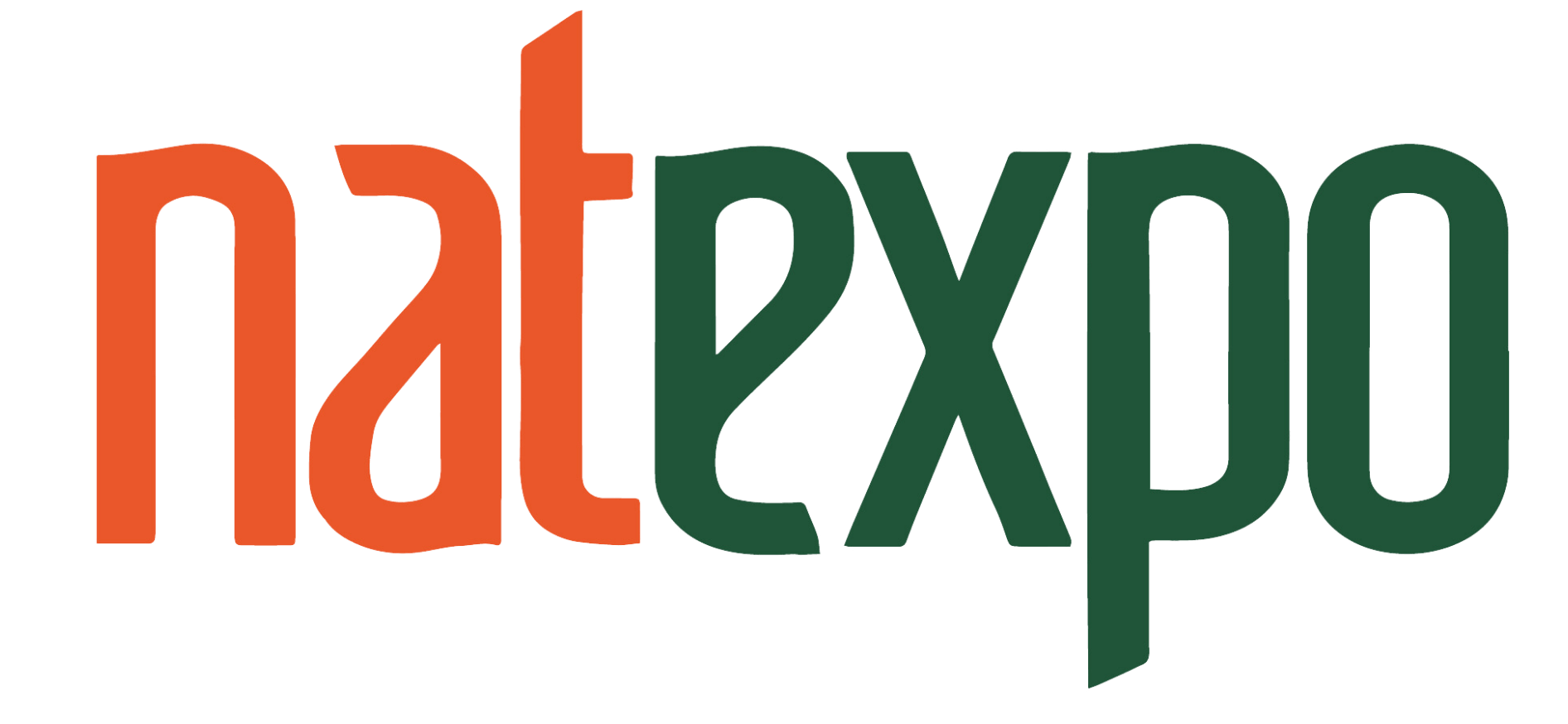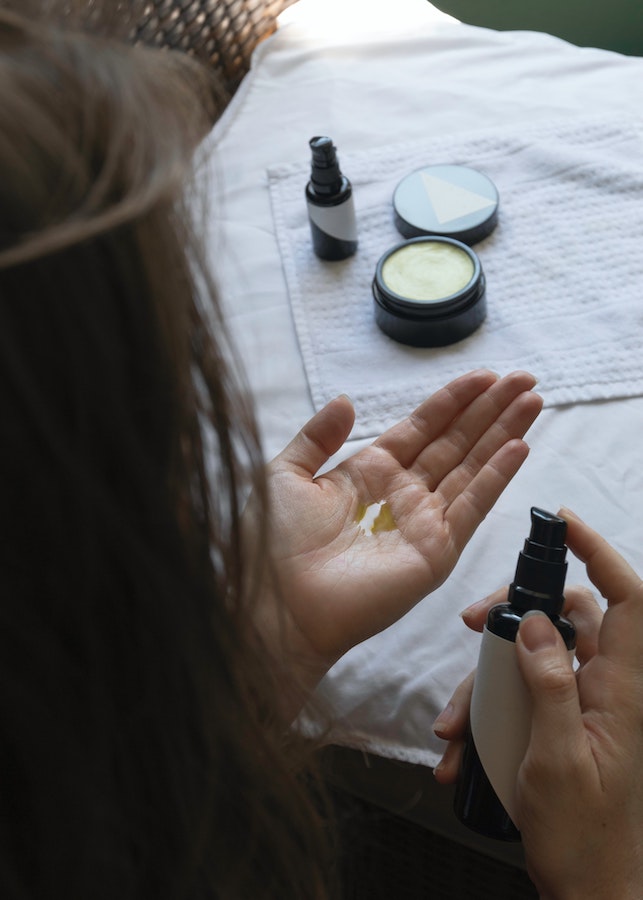We cannot ignore the fact that consumers are in permanent search of transparency with regard to the products that they consume. This desire comes in response to many public health scandals which have made people increasingly wary. As a result, it is not uncommon to come across shoppers, mobile phone in hand, scanning articles that they are about to buy. Organic and natural cosmetics are no exceptions to this trend.
But is this really the solution?
Labelling and certification: indisputable transparency tools.
Transparency is one of the “pet subjects” of the label Cosmébio which has reiterated this desire in its new Manifesto. This recalls that Cosmébio-labelled brands pledge to “communicate transparently on their advantages and dilemmas alike”. This manifesto also recalls the necessity of offering the guarantee of safe and efficient cosmetics. This is why candidates wishing to display the Cosmébio logo need to go through a stage of certification. This certification, conducted along COSMOS guidelines, is carried out by independent certifying bodies such as Cosmécert, Ecocert and Bureau Veritas. In this process, brands submit to a documentary and on-site audit to prove that they comply with the COSMOS specifications. Still in this logic of transparency, the specifications are available online, and accessible by all.
The aim of certification? Prove to consumers that their products are truly organic and natural.
Brands committed to transparency
Today, many brands have begun to fight back against the power of rating applications, preferring to explain the composition of the products themselves. Given the inaccuracies observed on certain applications, it had become simpler and more appropriate for brands to provide their community directly with this information. Some brands have shown ingenuity in helping the consumer in their search for transparency.
· The example of the INCI list deciphered
It is evident that significant effort is required of consumers to read an INCI list. And unsurprisingly too, since the complex terms make it hard or even impossible to understand this list. In response to this, many brands such as Pur Eden or Nateclo, have decided to create “translated” INCI lists, therefore making it easier to understand what your cosmetics product contains.
· Sourcing
For others, this desire for transparency does not stop at the list of ingredients, and goes a step further with their sourcing. Echoing this approach, the Sarmance website displays the harvesting locations of the grapes used in their products. Meanwhile, the people at Guayapi provide information on their website of the places where their ingredients are collected, and identify their partners.
· Visits and open days
For some brands, transparency involves introducing open days and organising visits of their premises. The consumer can then themselves discover the conditions in which their favourite cosmetics are made. Several member brands such as Mademoiselle Agathe and La Compagnie du Midi, organised guided tours and open days during the 2020 organic cosmetics week.
 · Educational articles and videos
· Educational articles and videos
Finally, for Cosmébio and most of its members, transparency involves educational articles and ecplanatory videos. It is hard to trust products when you don’t understand why a particular ingredient is in it, nor the logos displayed on the package. Articles to explain and decipher cosmetic products are an excellent way of showing transparency to consumers. All Cosmébio’s articles can be found on its website www.cosmebio.org in the section “Our reports”.
Interested in finding out more? Visit the Cosmetics Innovations Forum
In partnership with Cosmébio, the French trade association for eco-friendly and organic cosmetics, Natexpo organises an area each year dedicated to beauty and wellness: the Cosmetics Innovations Forum. Visitors can attend a series of talks and lectures and meet numerous companies bearing the Cosmébio label.
Article written by Cosmébio









 · Educational articles and videos
· Educational articles and videos